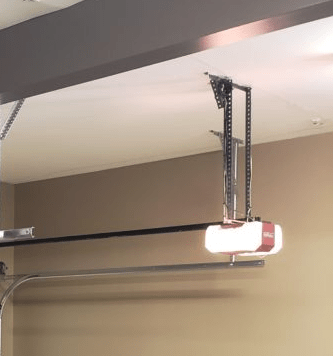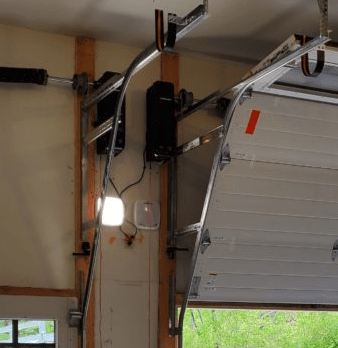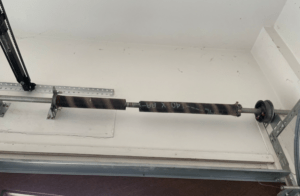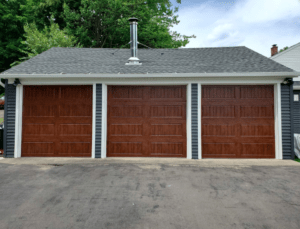Garage door openers are a crucial aspect of having a garage door. It isn’t very helpful to have a door if you can’t get it open!
Maybe you have an old, noisy opener that desperately needs to be replaced, or maybe you just built a home and are ready for a brand new one.
But what type of opener do you need? J.A.G. & Sons Overhead Door is here to break down all the different garage door opener types and what you need for your home!
Garage Door Openers
It can be difficult to figure out what kind of garage door opener you need. They all function basically the same, right? Wrong! There are four main types to consider when you want a new garage door opener.
But before we get to those types, let’s discuss how these openers operate. These openers operate similarly, but they all have different drive types.

The guide is also referred to as the rail. This is the part that changes between the different types, mostly with the material of the rail. Keep reading to learn the differences.
Chain Drive
A chain drive garage door opener operates on…you guessed it! A chain. This tends to be the standard in most homes as it’s the most convenient and cheapest option. These door openers tend to last a long time with regular maintenance, and they’re fairly easy to repair when something goes wrong.
This opener has been around the longest and is not likely to go away anytime soon. This is a great starting point if you’re unsure of opener types.
Belt Drive
Belt drive openers are basically the same as chain drive openers, except that they operate on a rubber belt. This makes them a lot quieter! This is one of the quietest openers you can find since there are no rattling chains to worry about.
This is a great option for garages that are attached to the house or anywhere that would benefit from less noise. It has a much smoother transition, which means less jumping for your garage door. The con is that these are a lot more expensive of an option.
Screw Drive
Screw drive openers have a ton of power! They operate on a threaded screw system, allowing them to have a ton more strength than other openers. This is a great option for a very heavy or commercial garage door.
They aren’t very quieter, since the strong screw makes a lot of noise when it operates. There are a lot fewer components, however, which means that this opener requires less maintenance and will likely last a lot longer.
Direct Drive
Direct drive garage door openers are the least complicated opener because the motor itself moves the door, no belts, chains, or threads needed! This is the smoothest system and operates fairly quietly.
This type of opener rarely requires maintenance, which makes it a great option for a long-term opener. The downside is these are pretty pricey. It may be worth it if you plan on being at your house for a long time.
Contact Us for Garage Door Opener Repair and Installation
There you have it! Everything you need to know about garage door openers! Feel free to contact us if you have more questions about these garage door openers.
If you want one of these garage door openers installed in your home, contact J.A.G. & Sons Overhead Door for a garage door opener installation. We’ll help you pick out the right opener for your needs and budget. And if you already have an opener but it needs a little help, then we can give you a garage door opener repair. Whatever it is you need, we can help! Contact us today for all your garage door opener needs!











